British Museum uses CT Scans to Unwrap Mummies
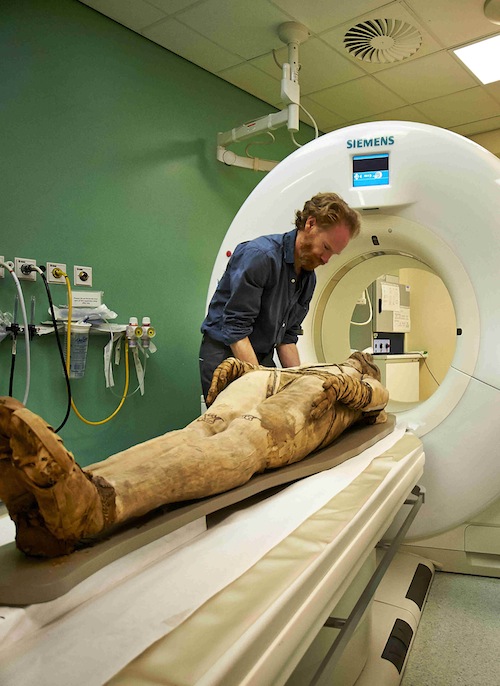
A remarkable exhibition at the British Museum is revealing the secrets hidden inside mummy wrappings.
Ancient Lives, New Discoveries showcases eight mummies from the Nile valley, Africa’s greatest center of ancient civilization. Seven were found in Egypt and an eighth was uncovered in Sudan. They have all been analyzed with the latest model CT scanner at a London hospital to reveal information about the people without their having to go through damaging analysis.
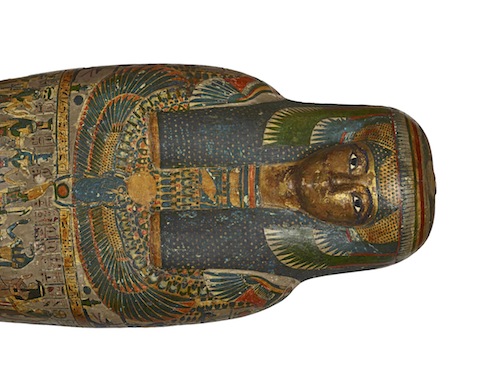
The CT scans were able to detect the remains of internal organs, amulets left with the dead, traces of the mummification process, and clues to health ailments that might have killed the individuals.
One of the most remarkable findings was that of the well-preserved mummy of an Egyptian priestess. She had never been unwrapped, and the CT scan clearly showed the placement of the various amulets that were to protect her in the afterlife.
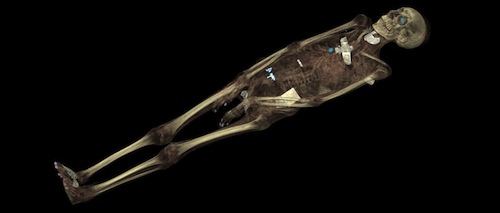
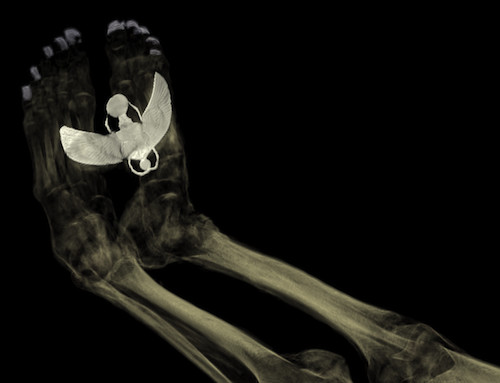
Another mummy was found in Thebes and dates to the 26th Dynasty, or about 600 BC. The CT scanner discovered the tip of a small bone spike in the skull cavity, part of a tool to break the small bones in the nose so that the brain could be pulled out like some giant, formerly sentient booger. The tip had snapped off and was left in the skull. It may have obstructed work because part of the brain was never removed.
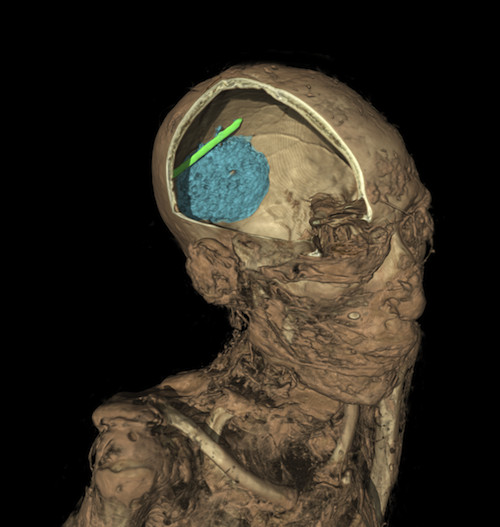
The scan can also help age and sex the skeleton. The individual was a male of about 35 years of age when he died. He suffered from severe tooth loss and decay and had tooth abscesses, infections at the base of the teeth that are extremely painful. The infection can spread to the blood system and cause death. Several of the mummies suffered from abscesses.
The exhibition includes interactive video panels that allow you to see the entire CT scan, moving through the body and turning it around to look at it from different angles. At certain points text appears to highlight important details such as diseases or artifacts left with the body. There are also displays of artifacts typically left with mummies, such canopic jars and food. A piece of flatbread still retains the handprint of the baker who made it centuries ago.
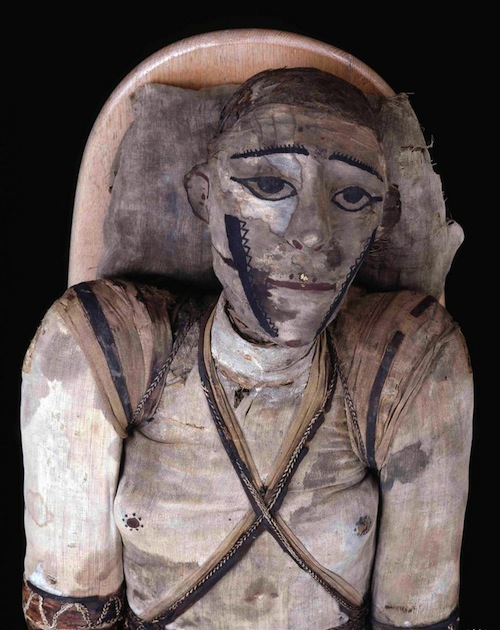
The CT scans show that not all mummies were created equal. While high-ranking individuals such as the priestess Tamut were properly mummified, some were not handled so delicately.
Consider the case of poor Padiament, a temple doorkeeper from Thebes who also doubled as the priests’ barber. He died aged between 35 and 50 around 700BC, probably after years of loyal service. CT scanning reveals that while the undertakers were preparing his body for the afterlife they somehow managed to detach his head from his body and stuck it back on with two wooden poles. The Egyptian Book of the Dead is clear that the body must remain intact, but in the days before CT scanners, a wrapped mummy looked good enough for the grieving family.
But the humiliation of poor Padiament didn’t stop there. He wasn’t buried with any of the essential amulets, and the sarcophagus he was given was too short, requiring an ugly, unpainted addition to accommodate Padiament’s feet.
Two of the bodies were naturally mummified by the hot dry sand of the Nile valley. One is an adult male from Gebelein from the Predynastic period (c4400-3100 BC), and another is an adult female from Sudan. This individual is from a medieval Christian community from around 700AD. She has a tattoo on her inner thigh that’s a monogram of the Archangel Michael, patron saint of the Sudan.
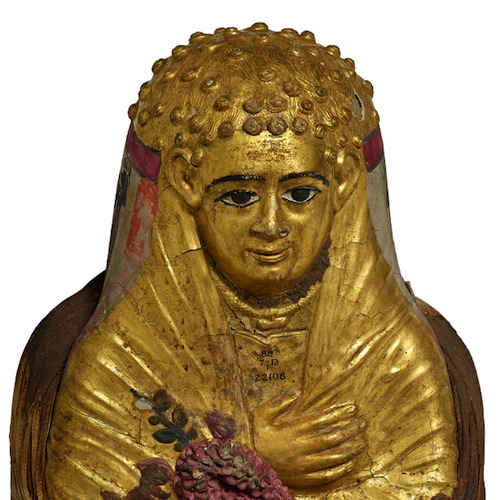
Ancient Lives, New Discoveries has proven to be hugely popular and has been extended until April 19.
Sean McLachlan is a freelance travel and history writer. He is the author of the historical fantasy novel A Fine Likeness, set in Civil War Missouri, and the post-apocalyptic thriller Radio Hope. His historical fantasy novella The Quintessence of Absence, was published by Black Gate. Find out more about him on his blog and Amazon author’s page.